Check out these amazing hotel deals!
- Save up to 30% on your hotel in Hawaii!
- Last-minute holiday hotel deals
- Top hotel deals for a new year trip
- Visiting Paris? Find the Best Deals & Reviews at TripAdvisor.
- Save 30% on hotels in Ocean City, Maryland...a TripAdvisor Top 10 Summer Destination!
- Save up to 30% on your hotel on your Winter Vacation!
- Find top-rated hotels at the lowest prices on TripAdvisor. Check rates now!
- Save up to 30% on hotels for a romantic getaway!!
It’s no secret that Italy has an immense and priceless cultural heritage the whole world envies. A cultural heritage left as a legacy by their predecessors and by the centuries and centuries of history dating back to the prehistoric age. Roman villas, ancient theaters, Greek temples, and entire cities enclosed by walls are just some of the magnificent places that can be admired along the peninsula. They are mainly distributed in the southern regions corresponding to what was once Magna Graecia. Do you want to know which are the most visited archaeological sites in Italy? Here’s the list!
| Archaeological site | Where is it | Annual visitors |
|---|---|---|
| “Su Nuraxi” Archaeological Area | Barumini (Medio Campidano) | 83.185 |
| Archaeological area of Villa Adriana | Tivoli (Rome) | 230,000 |
| Caracalla’s thermal baths | Rome | 233,000 |
| Grottoes of Catullus | Sirmione (BS) | 268,000 |
| Selinunte Archaeological Park | Castelvetrano Selinunte (TP) | 273,000 |
| Ostia Antica | Rome | 302,000 |
| Archaeological Area of Segesta | Calatafimi-Segesta (TP) | 335,000 |
| Villa Romana del Casale | Piazza Armerina (EN) | 344,000 |
| Archaeological Park of Paestum | Paestum (SA) | 427,000 |
| Archaeological Area of Herculaneum | Herculaneum (NA) | 534,000 |
| Neapolis and Ear of Dionysus | Syracuse | 700,000 |
| Ancient Theater | Taormina (CT) | 890,000 |
| Valley of the Temples | Agrigento | 935,000 |
| Archaeological Area of Pompeii | Pompeii (NA) | 3,646,000 |
| Colosseum and Imperial Forums | Rome | 7,650,000 |
*NOTE: This list is based on data collected by the Ministry for Cultural Heritage and Tourism last updated in February 2019. It has been integrated with the data related to the archaeological areas in Sicily from the portal of the region.
15. “Su Nuraxi” Archaeological Area, Barumini
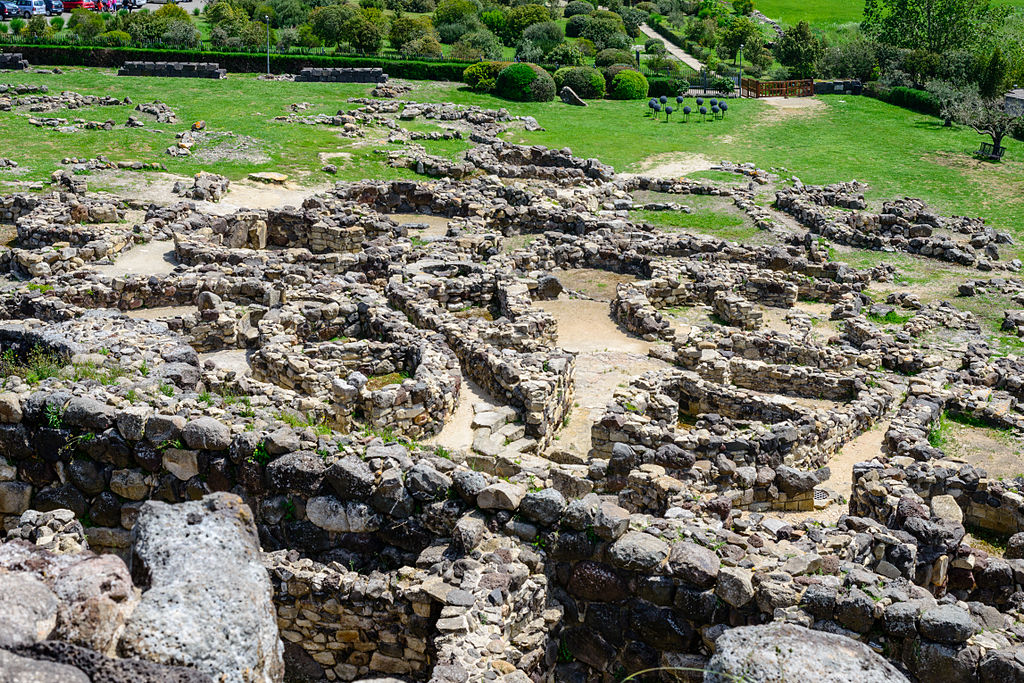
This historic site has 83.185 visitors a year. It’s located in Barumini, central Sardinia. It is a Nuragic complex dating back to prehistoric times, which makes it one of the first human settlements in the region. It’s also the oldest, at the same time the best-preserved of all, which is why it was declared a World Heritage Site in 1997.
14. Archaeological Area of Villa Adriana, Tivoli

This archaeological area has 230.000 visitors a year. It’s located in Tivoli, near Rome, in a former imperial residence, which is the largest of all. It was built at the behest of the emperor Hadrian during the first half of the second century and is, therefore, an extremely ancient site perfectly preserved despite the years. It’s made up of immense gardens and a series of buildings, including spas and theaters and, has been on the Unesco list since 1999.
13. Baths of Caracalla, Rome
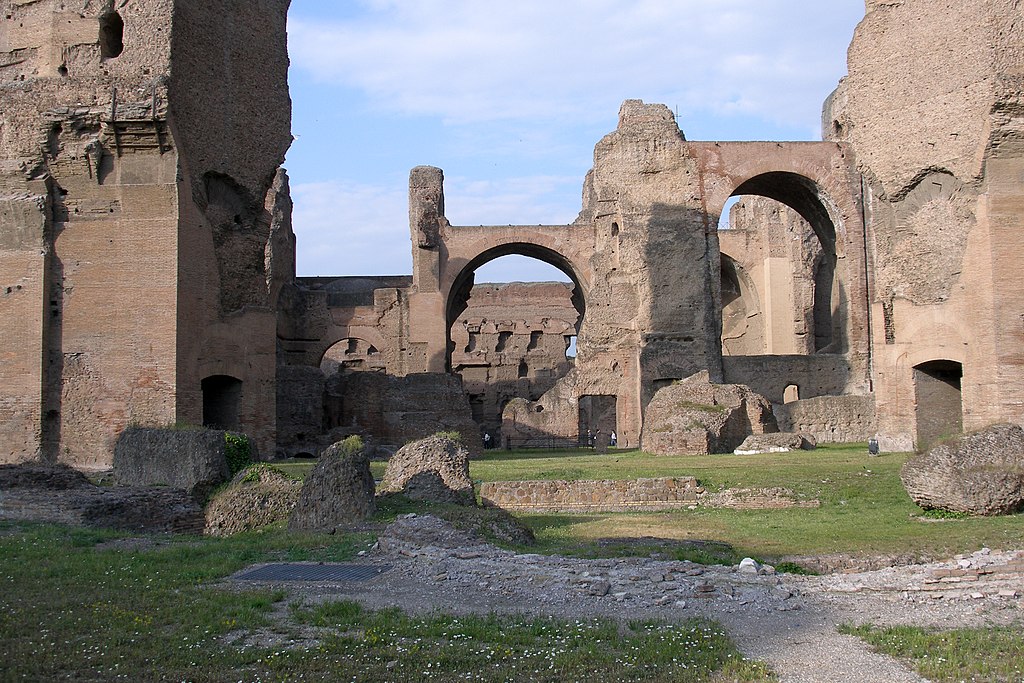
Here’s another very important historical site with a large number of visitors located right in the capital. The baths of Caracalla are one of the largest, most evocative, and important thermal complexes of ancient Rome, dating back to the year 212. They are mostly visited for their great condition. In fact, today, they are the best-preserved thermal establishment among ancient ones. In the past, there were between 6.000 and 8.000 people a day, but today there are as many as 2330000 visitors a year.
12. Caves of Catullus, Sirmione
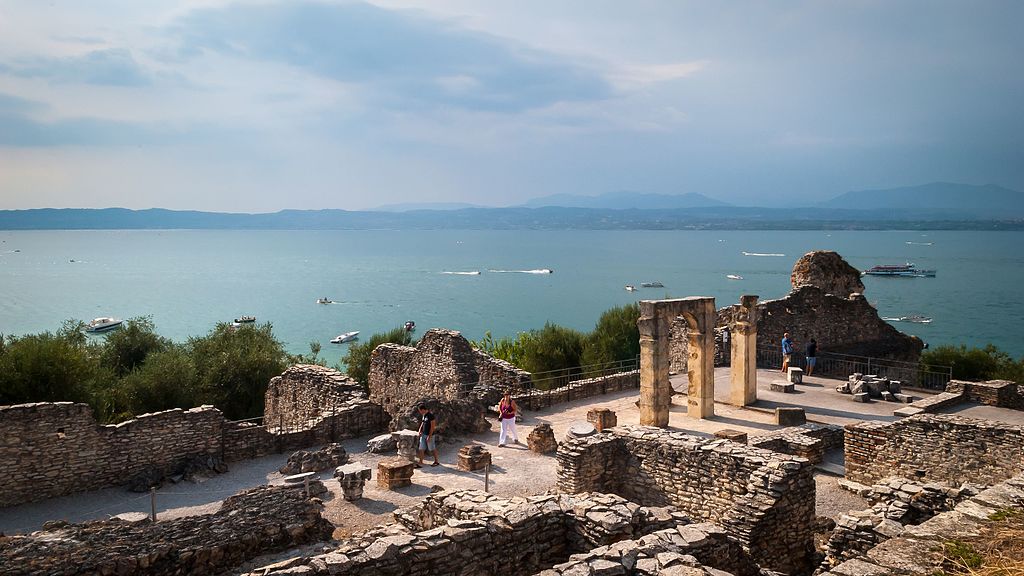
They are located in the splendid setting of Lake Garda, precisely in Sirmione, surrounded by olive groves and the waters of the lake framed by the mountains. These caves have around 268.000 visitors a year and are a vast archaeological area dating back to the end of the 1st century BC. Its main attraction is the Roman Villa with its remains. Inside, there is also an Archaeological Museum with historical artifacts found during the excavations made over the years.
11. Selinunte Archaeological Park, Castelvetrano Selinunte
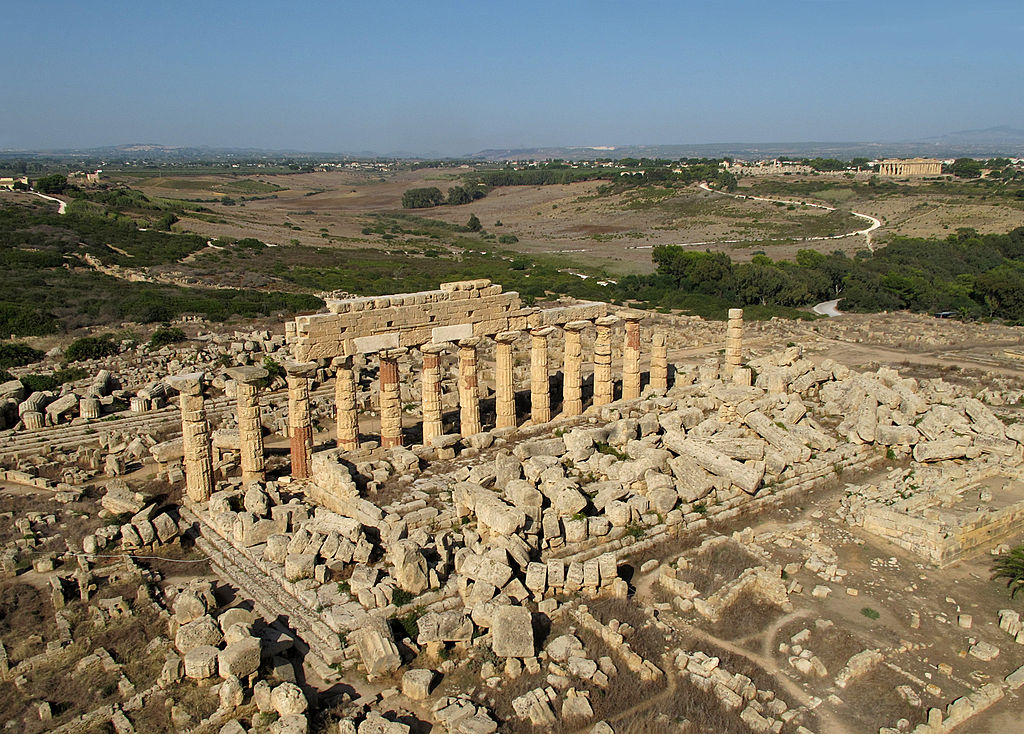
Next, we move to Sicily, in the province of Trapani, in the Selinunte Archaeological Park, one of the largest and most important archaeological areas in the world. Selinunte was an ancient Greek city of which remained beautiful temples and secondary constructions among narrow streets and a splendid natural atmosphere. There are 273.000 visitors every year.
10. Ostia Antica, Rome
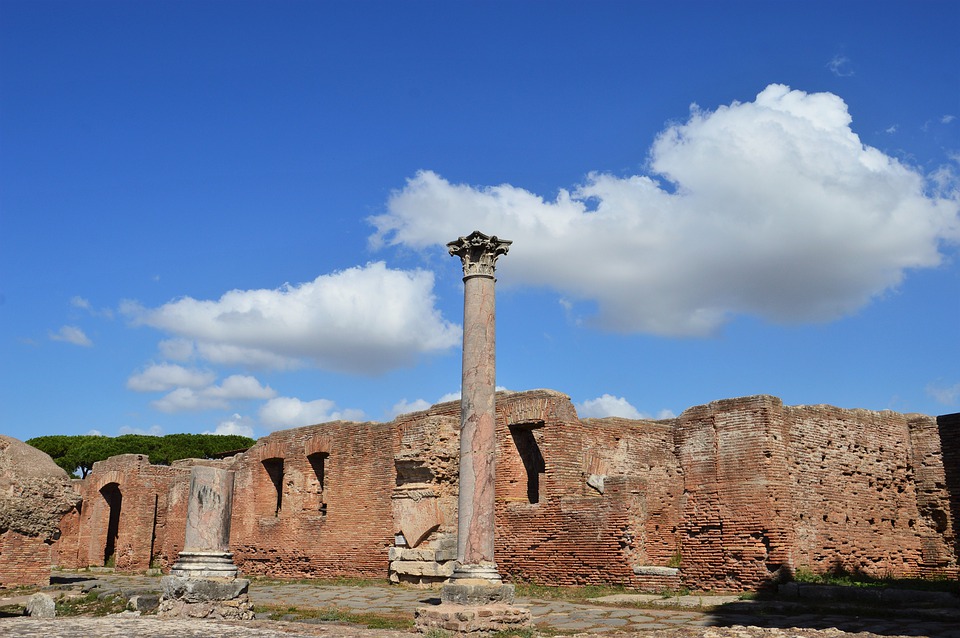
Let’s go back to the capital where there is another site with hundreds of thousands of visitors every year, 302.000 to be precise. Ostia Antica was the first Roman colony and important port for the city of Rome, founded in the 17th century BC by King Anco Marzio, and today is one of the largest archaeological sites on the planet. The ruins are immense and include homes, public monuments, and production facilities, although only 40% of the city has been unearthed so far, which means everything else is still buried.
9. Archaeological Area of Segesta, Calatafimi-Segesta
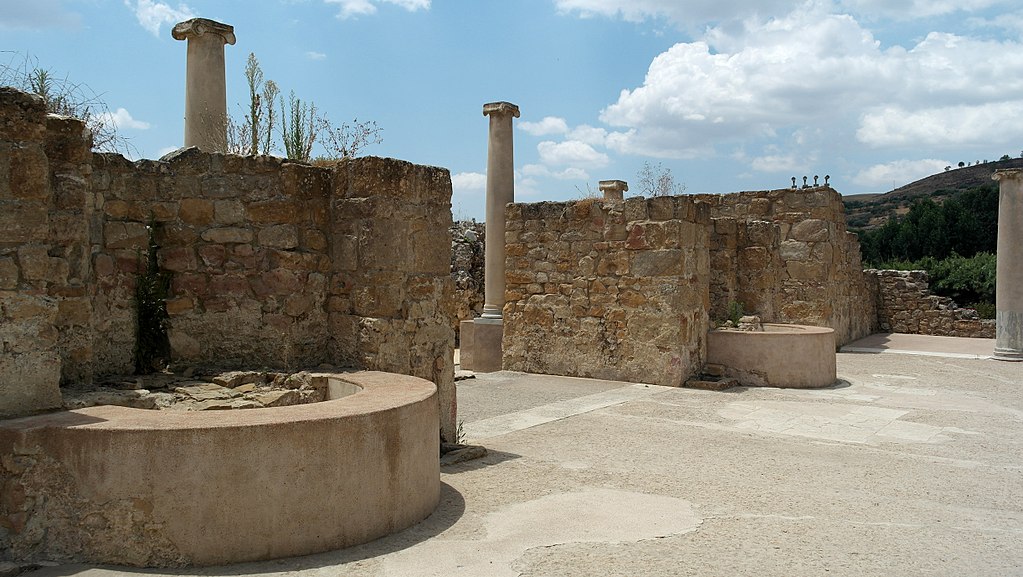
Here’s another Sicilian site, also located in the province of Trapani like that of Selinunte. This time we are in Calatafimi, at the Archaeological Area of Segesta which has 335.000 visitors a year. It is an ancient city of the Elymian people, built on Mount Barbaro. It houses a perfectly preserved Doric temple, a Hellenistic theater partially carved into the rock, a Hellenistic-Roman town, and a medieval village.
8. Villa Romana del Casale, Piazza Armerina

We remain in Sicily, where we find the late antique style residential building, Villa Romana del Casale in Piazza Armerina, in the province of Enna. It is improperly defined as a villa since actually, it doesn’t have the characteristics of a Roman villa, rather those of an imperial urban palace. Anyway, its remains and the frescoes inside them are truly fascinating and highly visited, with 344.000 visitors a year. That’s why it has been part of the World Heritage Site since 1997.
7. Archaeological Park of Paestum, Paestum
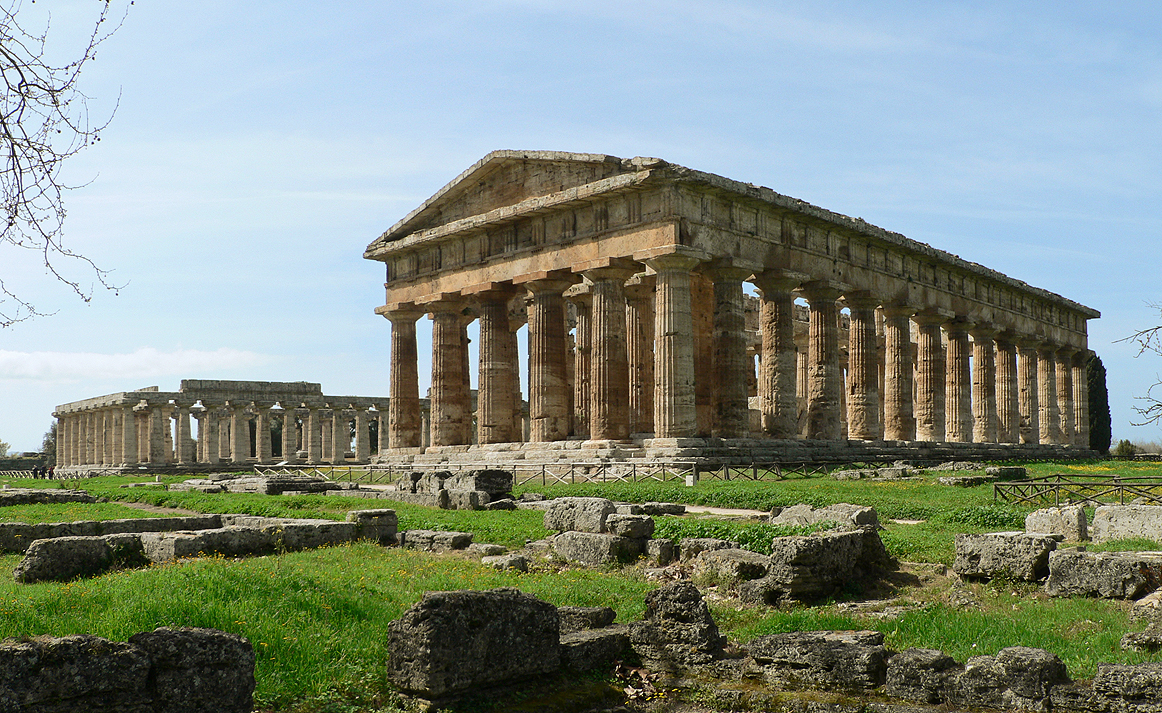
We can’t miss the extraordinary archaeological park of Paestum as one of the most visited sites in Italy. It’s practically an entire village enclosed in walls which welcomes 427.000 visitors every year. The area was an ancient city of Magna Graecia and includes temples, churches, houses, and an inevitable museum in which all the historical objects found during the excavations over the years are kept.
6. Archaeological Area of Herculaneum, Herculaneum

Another very visited archaeological site in Campania is, this time, near Naples. The Archaeological Area of Herculaneum is a former Roman town which, with its perfectly conserved condition, gives a very clear idea of how the city was structured and how the life inside it was organized. Accidentally found in 1709 and not yet fully unearthed, this area has as many as 534.000 visitors a year.
5. Neapolis and Ear of Dionysius, Syracuse
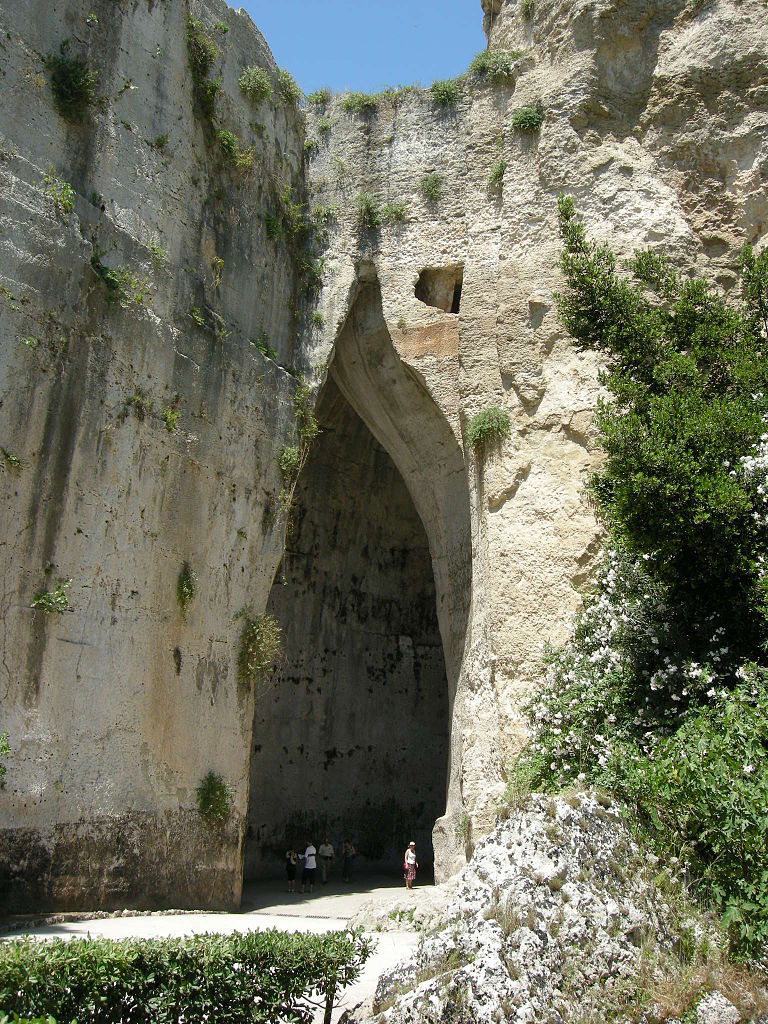
Let’s go back to Sicily again, this time to Syracuse, in the Neapolis Archaeological Park, which counts 700.000 visitors a year. The great number of visitors is also due to its main attraction, the Ear of Dionysus.
The park is a natural area full of archaeological findings belonging to various periods of Syracusan history, mainly of Greek origin. There’s also the largest Greek Theater in Sicily as well as the Ear of Dionysus, a limestone cave dug in the ancient quarry of stone just below the theater. It has an S-shaped pattern that makes it a place for acoustic amplification of sounds and also reminds of the typical shape of an ear. Neapolis is also among the largest and most important areas in the Mediterranean!
4. Ancient Theater, Taormina
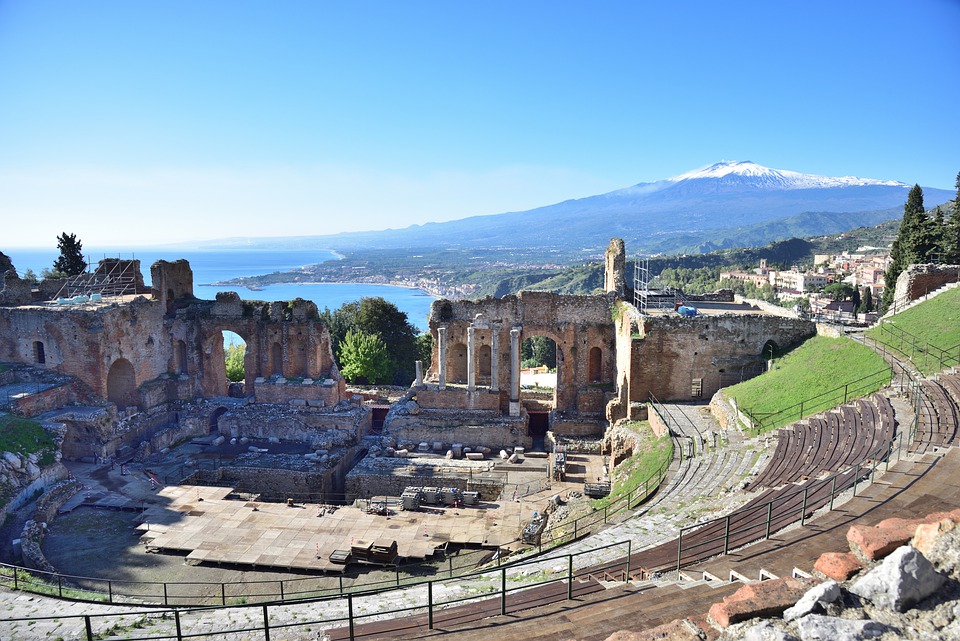
And we stay in Sicily, going to Taormina, the second-largest Greek-Roman theater in the region right after the one in Syracuse we already mentioned. Taormina was built by the Greeks in the third century BC as a place to entertain themselves with plays and concerts. Later it was used by the Romans, again, for entertainment but this time with gladiator fights. This ancient location deserved its place on this list with its 890.000 visitors.
3. Valley of the Temples, Agrigento
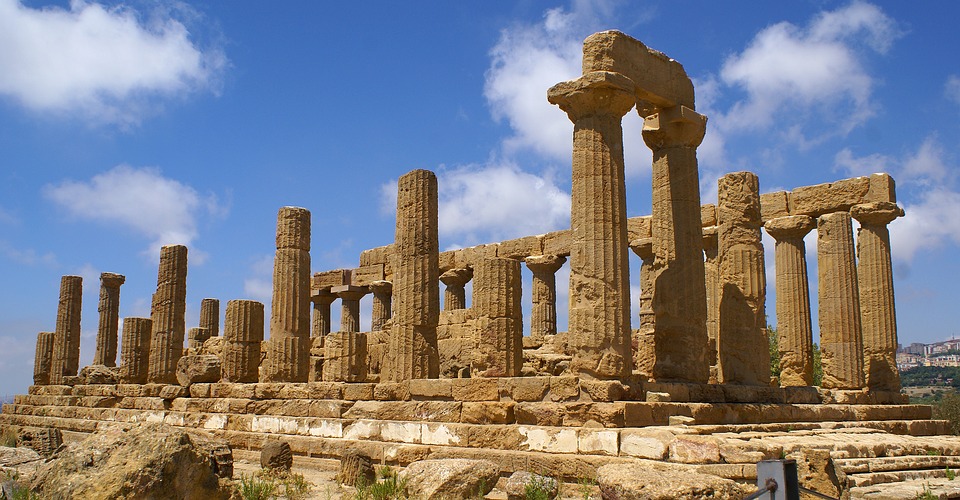
As the name suggests, this ancient location is a valley. In fact, it’s a wide green expanse full of temples, each one built in the name of a Greek god, which makes it yet another city of Ancient Greece. It was called Akragas and was founded in 580 BC. Today, it’s among the most fascinating sites in the world and a site with a very rich cultural heritage. That’s why it welcomes 935.000 visitors every year! From this grand city, you can admire the Temple of Zeus, Hera, Hercules, Hephaestus, Demeter, and Athena, among the others. Since 1997, it has become a World Heritage Site.
2. Archaeological Area of Pompeii, Pompeii

Let’s go back to Campania again, not far from the Archaeological Area of Herculaneum and Naples. Here is Pompeii, one of the most famous and renowned historical sites in the world, which is the reason for 3.646.000 annual visitors and taking the second place among the most visited sites in Italy. The Archaeological Area of Pompeii preserves the remains of an ancient Roman city. Among its streets, you can admire the theater, houses, public buildings, various temples, villas, and the necropolis. This site has is also a World Heritage Site since 1997.
1. Colosseum and Imperial Forums, Rome
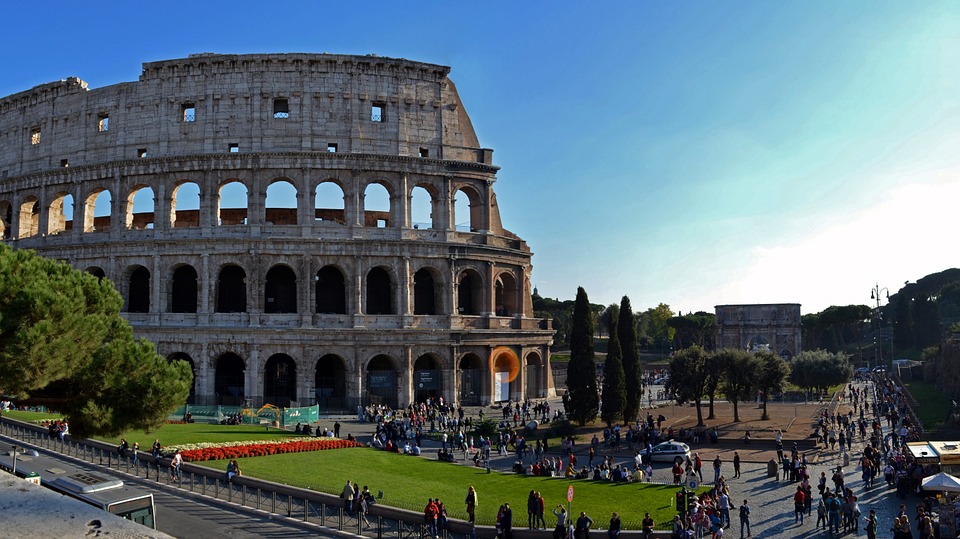
The undisputed king of the most visited sites in Italy is the Colosseum, a symbol of the capital and the entire country. Along with the Imperial Forums, it deserves the first place on this list with 7.650.000 visitors a year.
Its real name is the Flavian Amphitheater and it’s a World Heritage Site since 1980. It was created with the purpose to be a theater for gladiator fights with a capacity of over 70.000 seats and today it’s the absolute symbol of the Roman Empire. A few minutes away from it are the Imperial Forums, 5 monumental squares built at the behest of the emperors Julius Caesar, Augustus, Vespasian, Nerva, and Traiano.
Check out these amazing hotel deals!
- Save up to 30% on your hotel in Hawaii!
- Last-minute holiday hotel deals
- Top hotel deals for a new year trip
- Visiting Paris? Find the Best Deals & Reviews at TripAdvisor.
- Save 30% on hotels in Ocean City, Maryland...a TripAdvisor Top 10 Summer Destination!
- Save up to 30% on your hotel on your Winter Vacation!
- Find top-rated hotels at the lowest prices on TripAdvisor. Check rates now!
- Save up to 30% on hotels for a romantic getaway!!
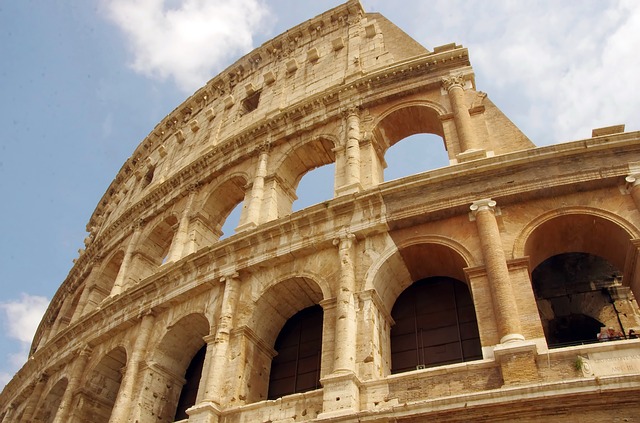
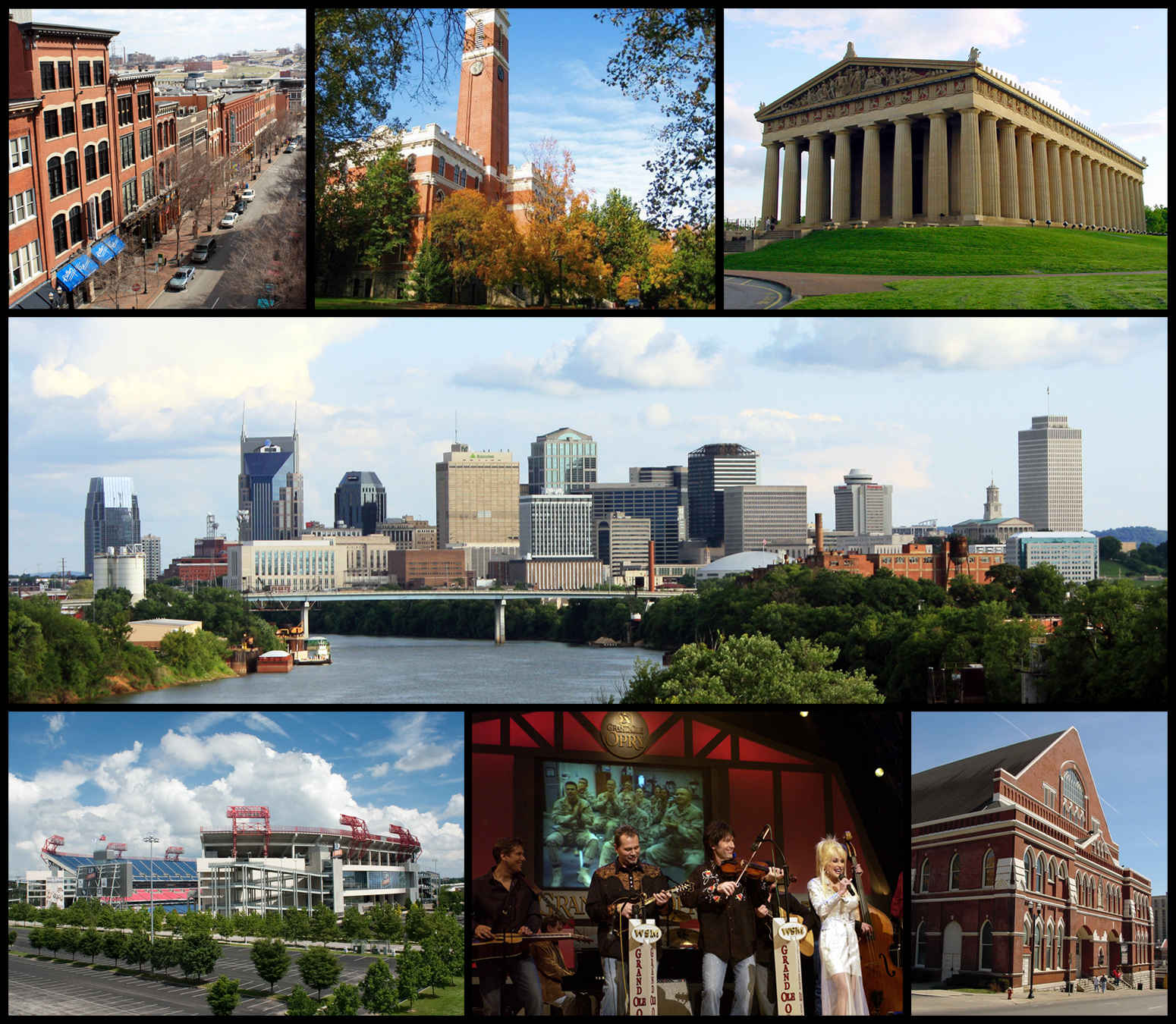




Find Us on Socials